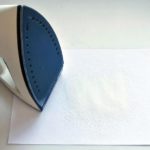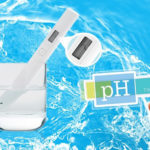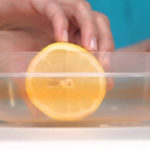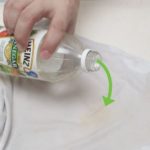Newborns and young children are very susceptible to respiratory tract infections caused by viruses and bacteria lurking on objects that children come into contact with every day. So how can we protect children from health threats that are always lurking everywhere? The simplest and most effective way is to clean and disinfect everything that children can contact, including utensils and toys. Only in this way can we minimize the risk of danger and prevent infection in children better.
Guide on how to clean utensils and toys for babies
1. Clothes
How to clean children’s clothes to eliminate bacteria: First, you should buy detergent for newborns containing mild and safe antiseptics. The next step is to completely remove nasal water stains, saliva stains, and various stains on the clothes. Because these stains will allow bacteria to accumulate and become dangerous. Therefore, you need to scrub thoroughly before soaking them in a mixture of white wine vinegar diluted with 1-2 and a bucket of water, soak for 30 minutes and then wash as usual.
2. Baby carriers
Most baby carriers can be cleaned in the washing machine as usual. It is best to use the cold water function with mild detergent. If the carrier can be used in the dryer, put it in the dryer, if not, take it out to dry in the sun. The important thing is that you need to clean the carrier thoroughly before the first use.
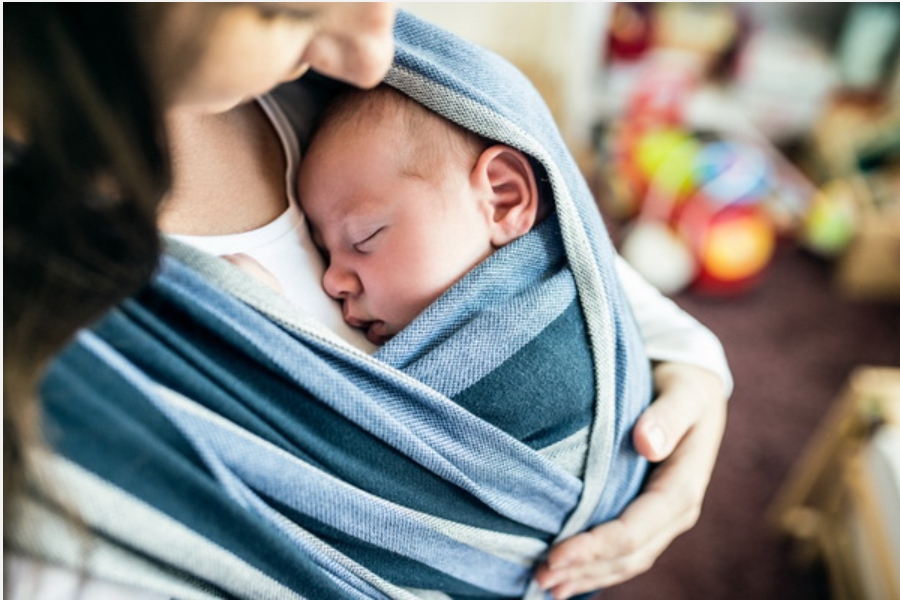
3. Stroller
The stroller is another item that needs to be cleaned. Some brands can remove fabric parts and wash them in the washing machine, but some cannot. Therefore, you can clean it with a damp cloth mixed with mild soap. However, we don’t need to clean the carrier after each use. Just take care of it regularly, don’t leave it too long. The shopping basket area is a frequently touched point, you can use a wet cloth to wipe or spray disinfectant and then wipe it clean with a cloth or paper towel.
4. Car seats
For car seats, mix warm water with soap. Then dip a clean cloth into the mixture and squeeze until it is damp. Wipe the entire seat, including the back and seat belts. When you’re done, let the seat dry, vacuum up dirt and excess food before reassembling. This should be done regularly or whenever the child gets dirty. The important thing is that you should read the instructions on the label carefully.
5. Changing table
Just spray a little alcohol or vinegar, then wipe with a paper towel. It will immediately help your changing table clean, eliminate bacteria and dirt.
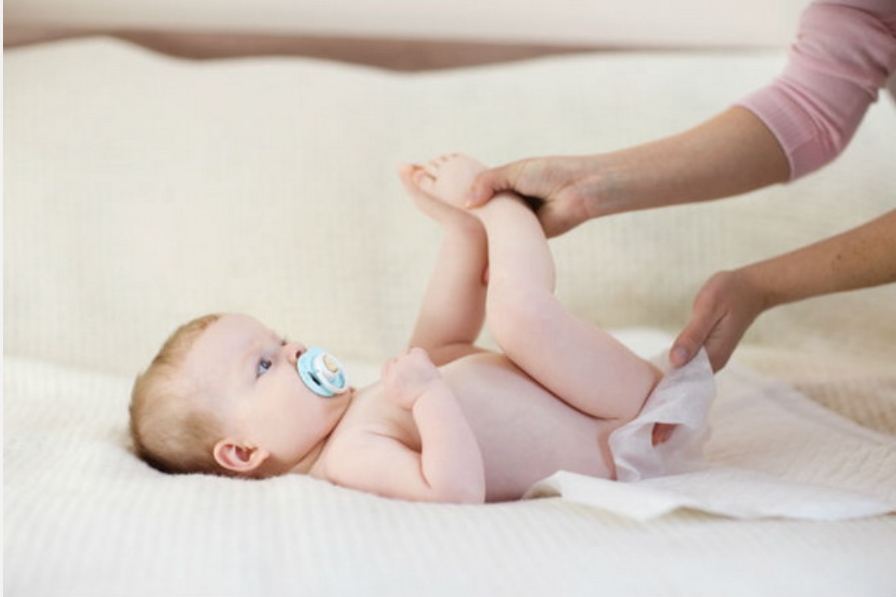
6. High chair
How to clean the baby’s high chair: Mix 1 cup of white vinegar and 1 cup of baking soda together. Then add 8 drops of essential oil, stir gently, then soak a small piece of fiber cloth in it and clean the entire chair. Vinegar is a natural antibacterial solution that effectively fights bacteria and germs without harming your baby’s skin.
7. Baby bathtub
The baby bathtub needs to be cleaned before and after use. Before using, spray a little vinegar, then wipe with a small piece of fiber cloth because this type of fabric has a very good ability to remove dust and dirt from the bathtub. After bathing, spray vinegar again to prevent and clean effectively.
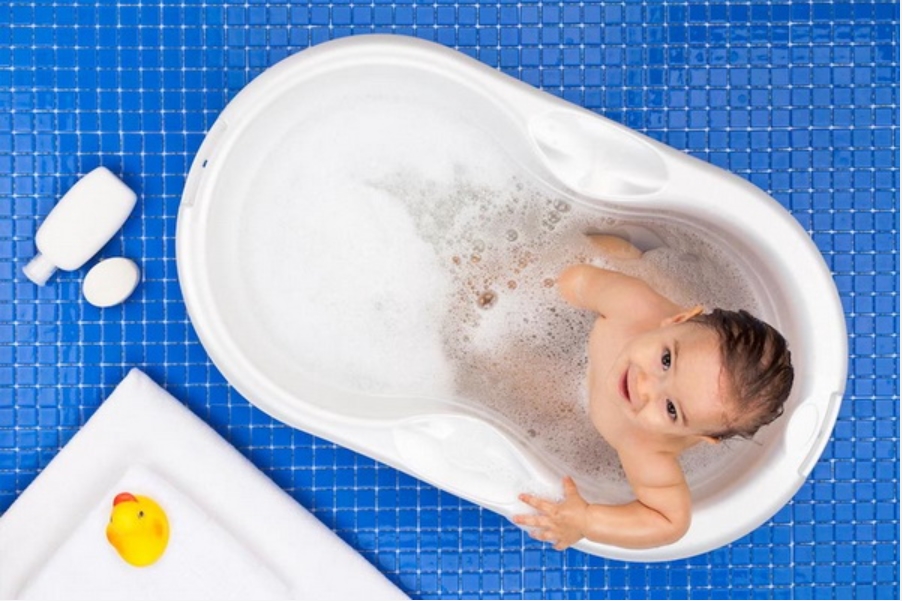
8. Pacifiers
You should boil the pacifier in hot water to help kill bacteria and germs. Ideally, you should do this daily or every time it falls to the ground or sticks to pet hair or gets dirty.
9. Baby bottles
Most parents clean baby bottles by mixing water with soap or baby dish soap. Then, use a brush to scrub the inside of each corner. This method is not wrong, but to clean the bottle better and more effectively, you should also clean the brush daily or at least once a week.
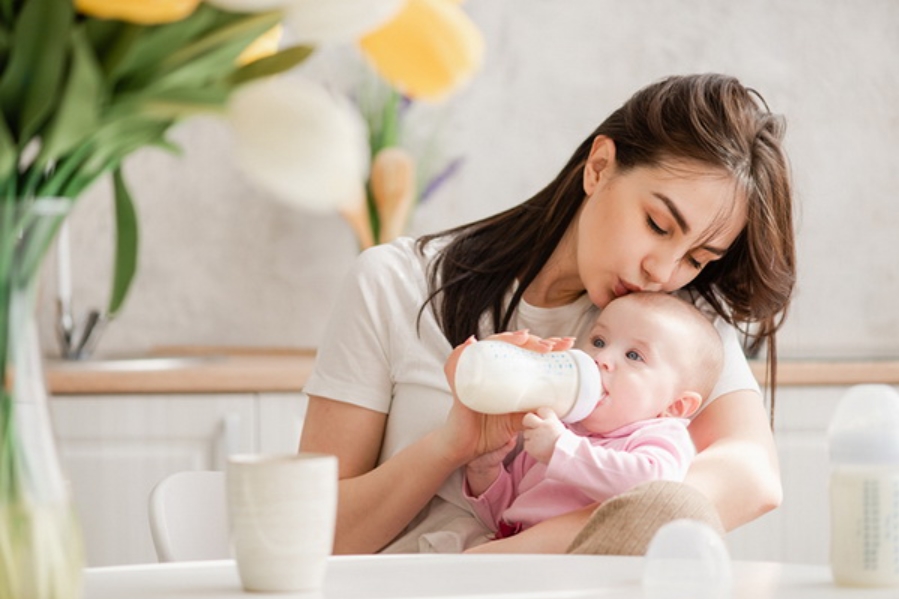
10. Baby utensils
Washing baby utensils such as plates, bowls, cups, and spoons is similar to washing adult utensils. It can be washed by hand or with baby dish soap. Or if you have a dishwasher, just put the baby’s utensils in it and you’re done. But the important thing is to wash all the containers right after use to prevent bacteria buildup.
11. Fabric accessories
For other fabric baby accessories, you can check the cleaning method on the label or on their website. Most fabric accessories can be washed in the gentle mode of the washing machine.
12. Plastic accessories
If the baby’s equipment is made of plastic and it is small in size, you can mix soap and water in a basin to soak and wash. But if it is large in size, you can use a damp cloth or paper towel to clean it.
According to An Nhiên – VietnamNet
Explore 12 Amazing Destinations for Biking Trips
Unlock Vietnam in a brand new way with an exciting biking tour! Discover the stunning beauty of the country with Dien May XANH’s top 12 must-see destinations. From sweeping plains to clear blue beaches and mountainous vistas – experience all the sights with your own personal cycling tour. Find your ideal route and set out for an adventure today!

























